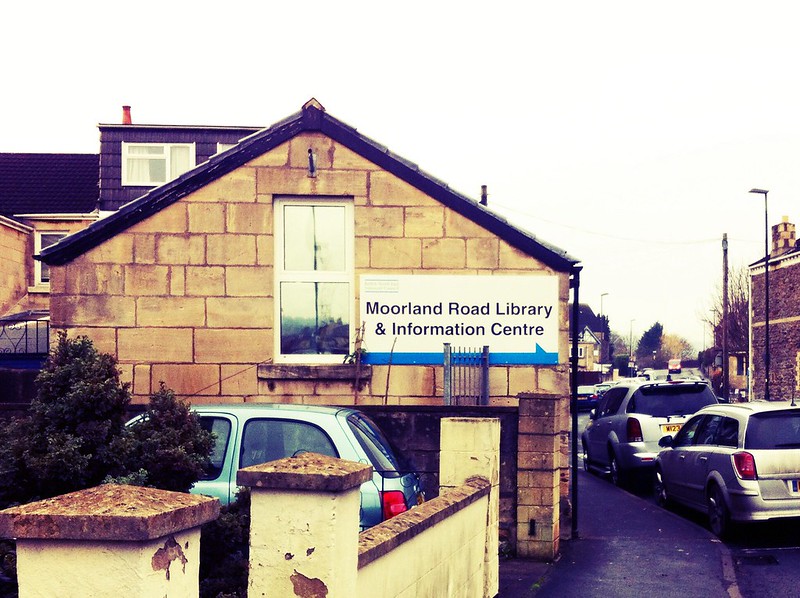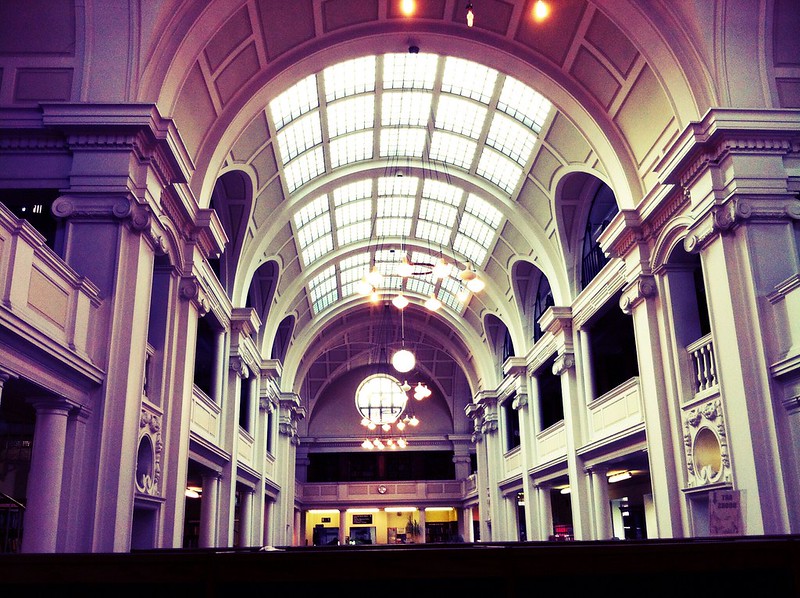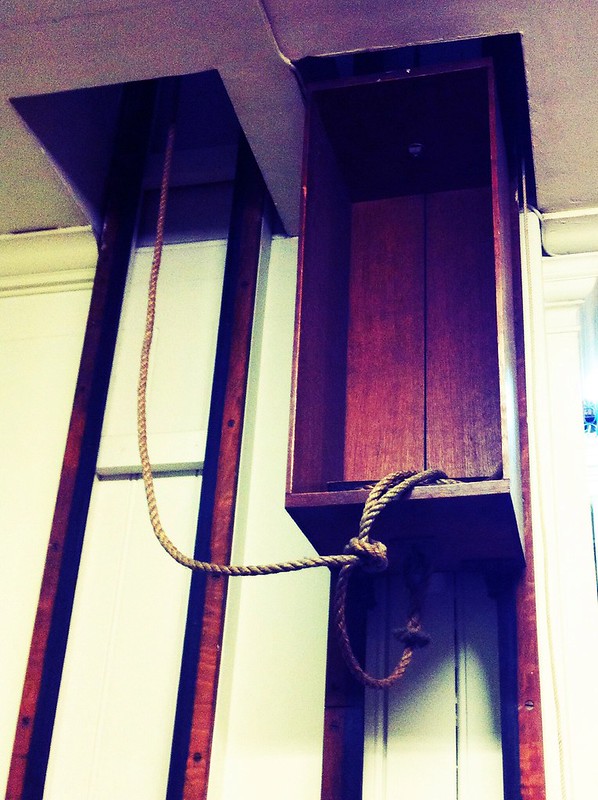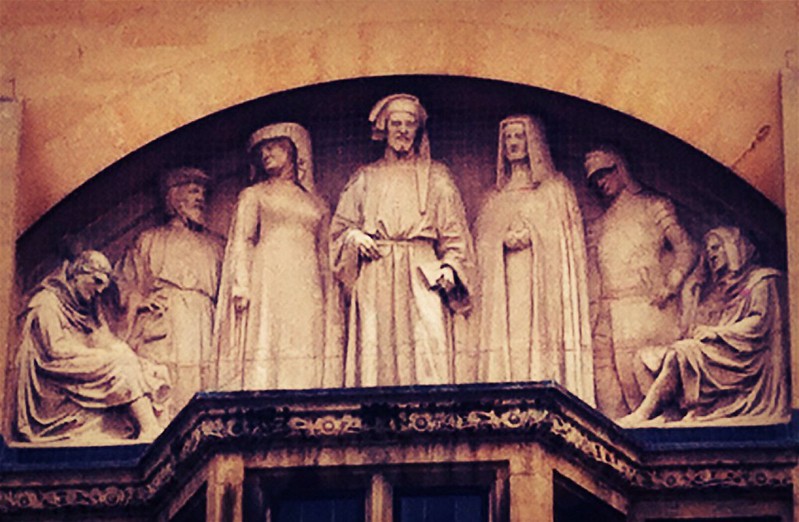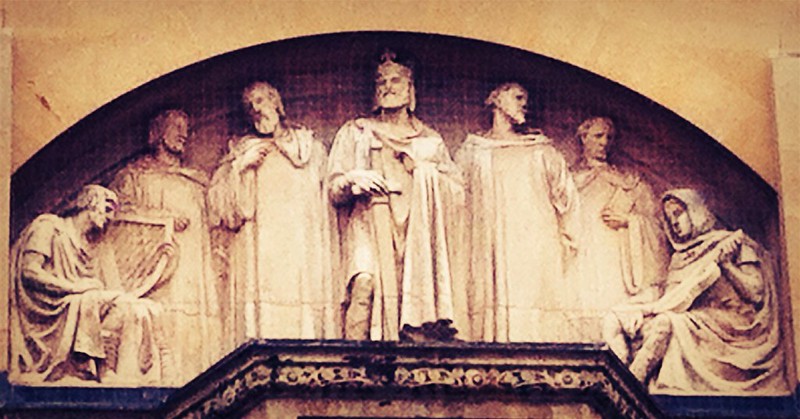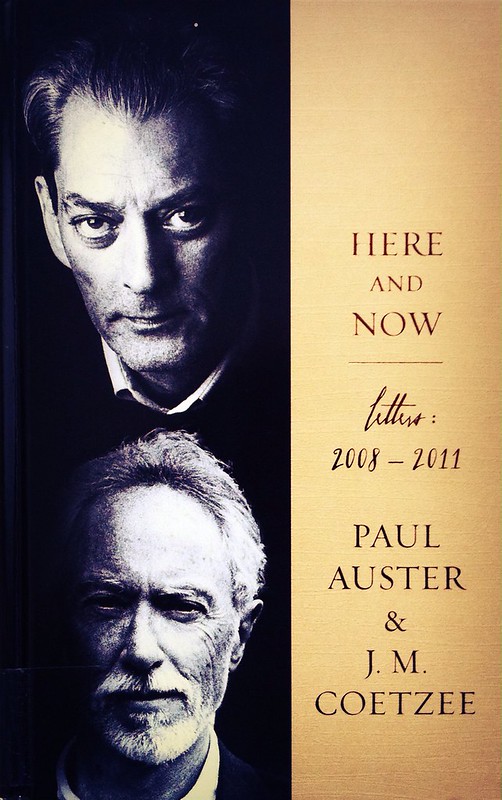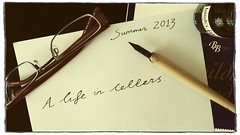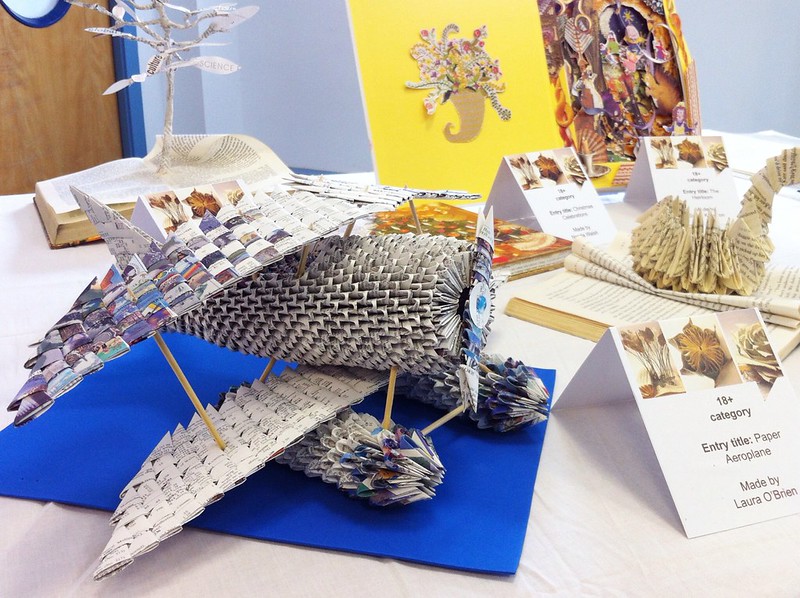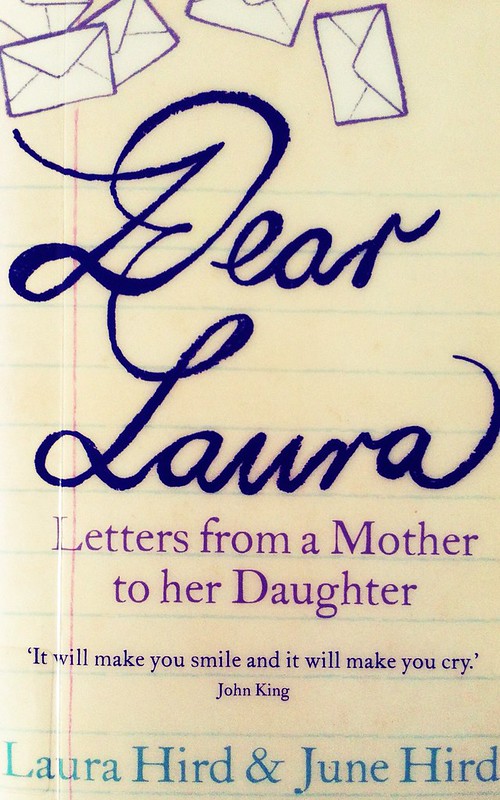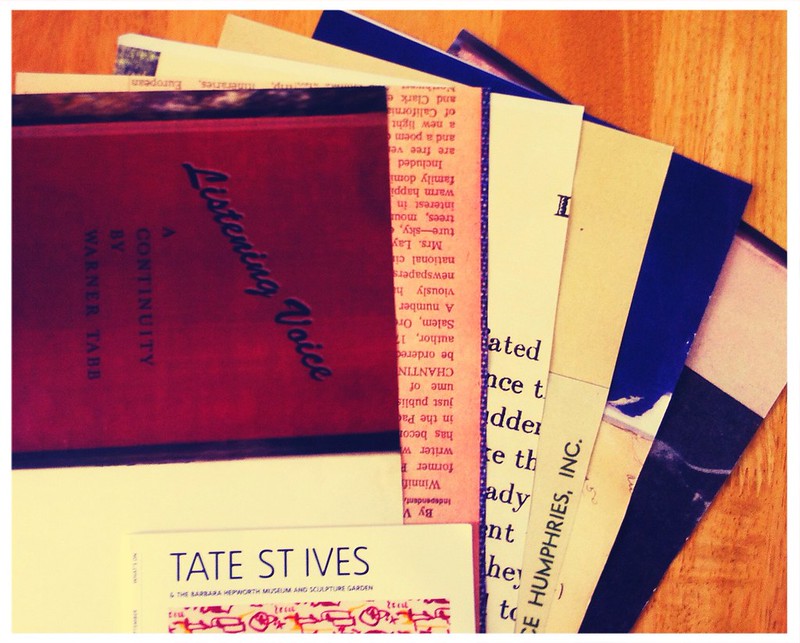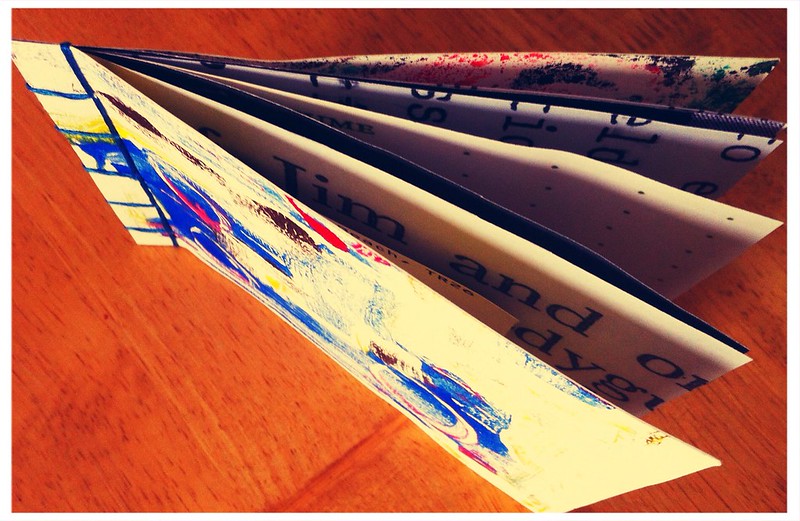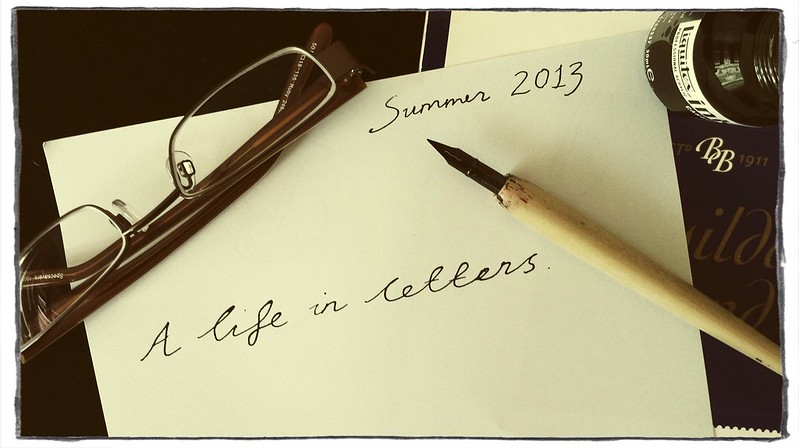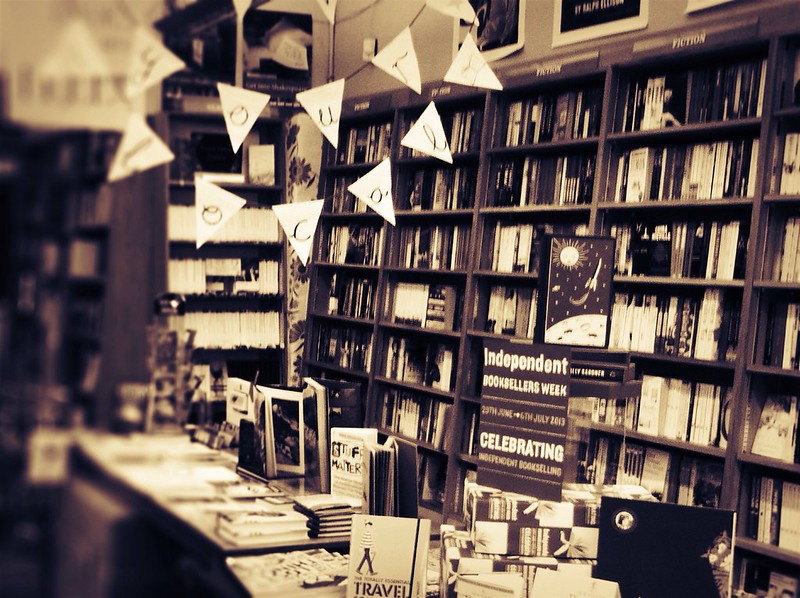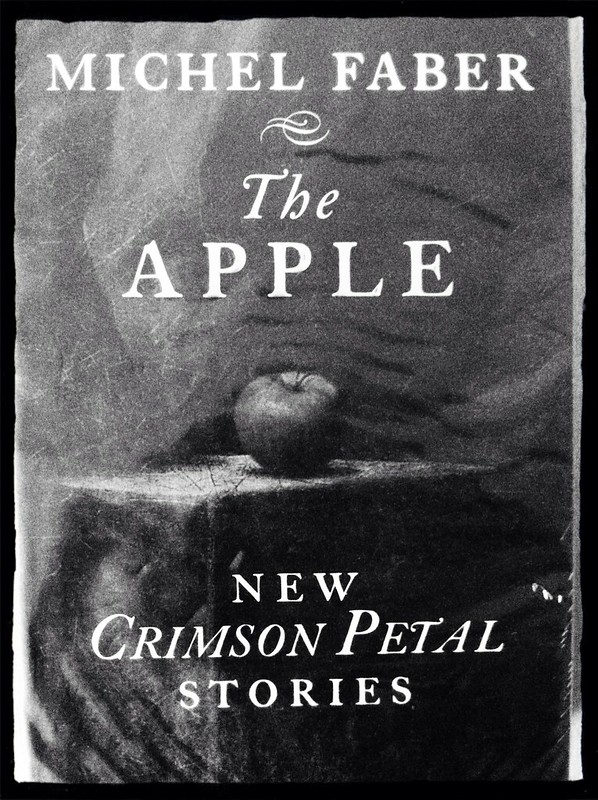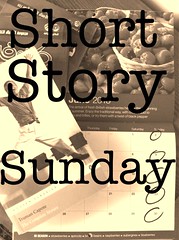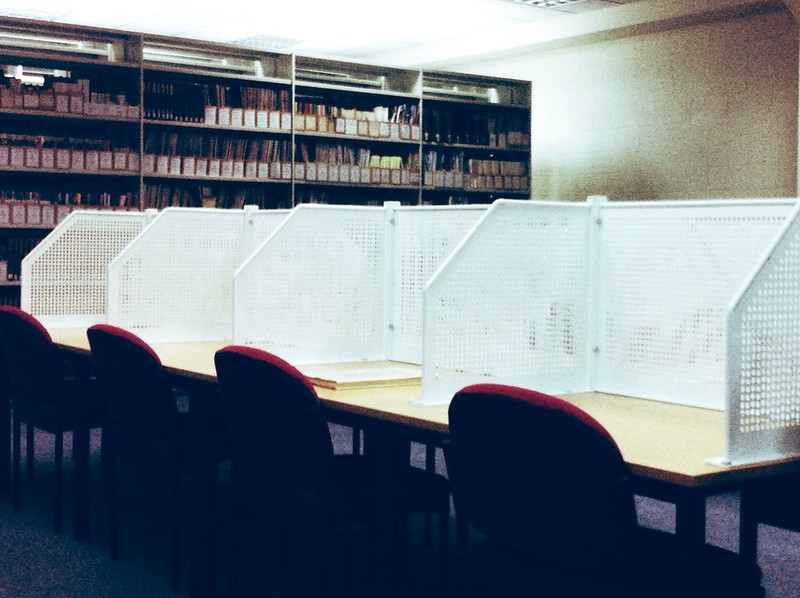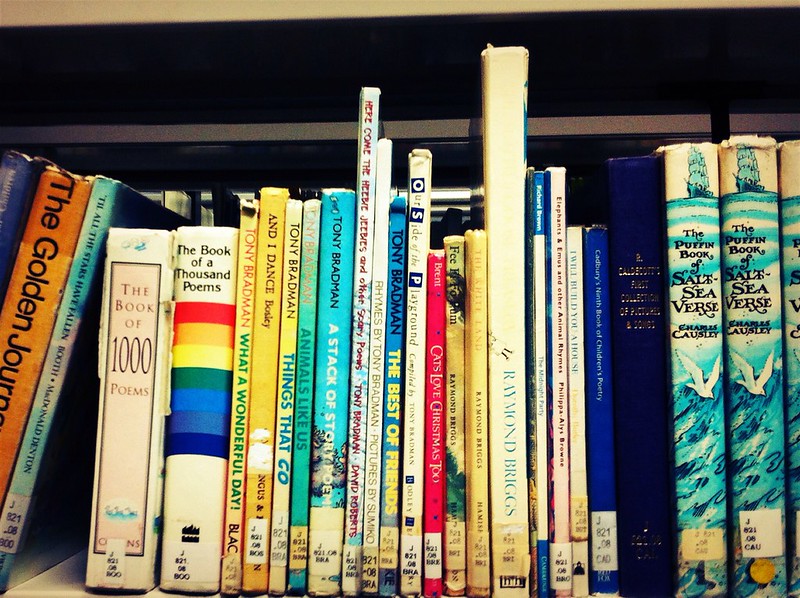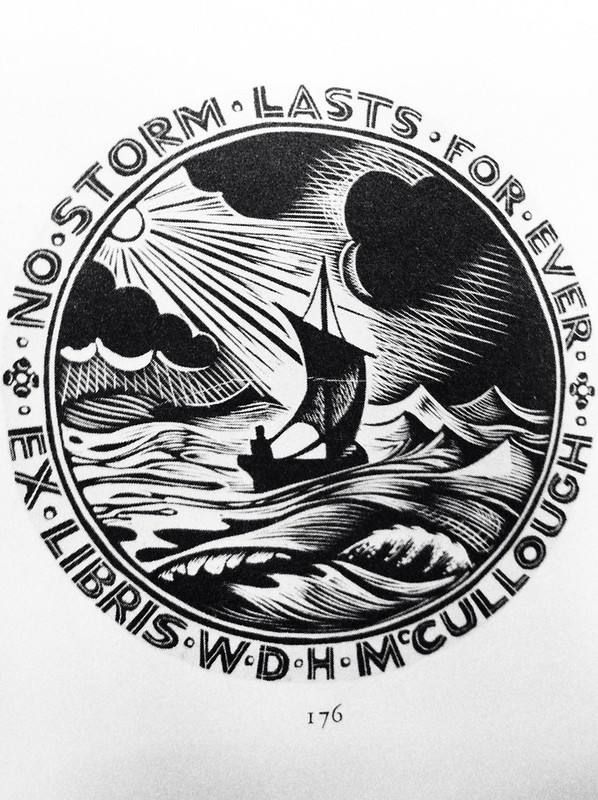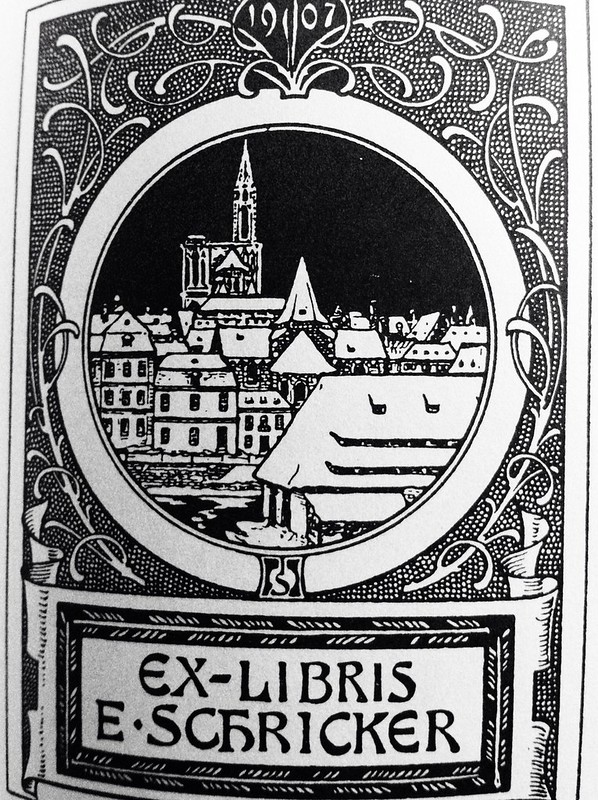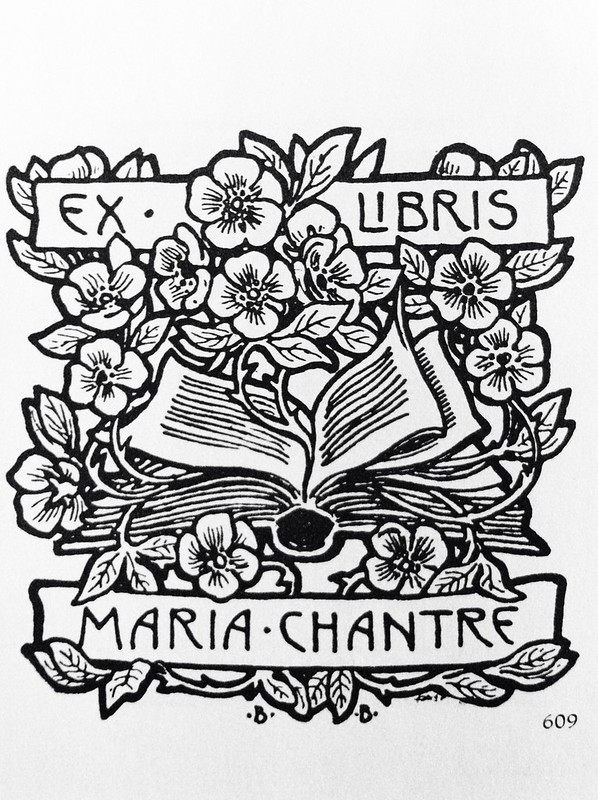I have written blog posts about 32 books this year (14 non-fiction and 18 fiction which includes short story collections). In total I have read forty-five books and failed to finish another ten, which is probably about average for me. The books I have blogged about were all written by British, American or French authors, so one of my goals for blogging in 2014 is to write about books written by authors from other parts of the world.
Favourite Fiction
Maybe you can tell from the enthusiastic postings that Emile Zola's Germinal was my favourite novel of the year. I read two Zola books as part of the Zoladdiction event hosted by Fanda and enjoyed both of them.
Favourite Non-fiction
My best non-fiction read of the year was Anne Fadiman's At Large and at Small: Confessions of a literary hedonist which I read back in March. I didn't blog about this collection of essays here, but I am planning to reread this again in 2014 so will write about it then. I actually ended up reading this as Ex Libris: Confessions of a common reader was missing (maybe it's so good someone stole it?) from the library when I tried to borrow it, I plan to read this in 2014 too.
Off-blog Reading
I have read quite a lot of Scandi noir this year. I am probably rather late in discovering this crime fiction trend, but being behind the times hasn't dampened my enthusiasm for snowy landscapes and depressed, middle-aged detectives.
At the beginning of 2013 I watched both series of the Swedish production of Wallander with Krister Henriksson, so I began by reading a few of Henning Mankell's novels. The other Swedish authors I read were Maj Sjowall and Per Wahloo and Stieg Larsson.
A few months ago I discovered the Icelanders: Arnaldur Indridason and Yrsa Sirgurdardottir (both of these surnames are written with an eth: the fifth letter of the Icelandic alphabet, but I don't know how to insert it with Blogger - sorry Icelanders, Faroese and Anglo-Saxons). I don't think I have ever read Icelandic literature translated in English before, and in fact, apart from hot springs, volcanic eruptions and banking crises, I know very little about Iceland. In these novels, history doesn't stay in the past and in the four books I have read so far, secrets and hidden crimes resurface after many years causing death and destruction for the modern day players of the stories.
2013 has also seen me experiencing cyberpunk for the first time. I planned to read Neal Stephenson's Snow Crash and William Gibson's Neuromancer choosing these as archetypal works of the genre. After looking on my local library's shelves, I ended up with Stephenson's The Diamond Age and Gibson's Pattern Recognition.
Pattern Recognition was not what I was expecting at all. I thought it would be set in the (near-ish) future and would feature lots of discussions around computer science and artificial intelligence. It didn't. The book is set in 2002 and in a pre-Twitter and pre-YouTube world feels rather dated. The central character, Cayce Pollard, is a cool-hunter who consults for multi-nationals and advertising firms about the latest trends. The book is a fast-paced thriller set in London, Russia and Japan and it was a real page-turner which I finished in about two days. However, certain elements of the plot and characterisation, in particular, annoyed me - Cayce suffers from an anxiety disorder brought on by certain logos: nausea brought on by Prada and Louis Vuitton. I wouldn't have thought that such a "disorder" would be much of a problem. Now, if it was Primark that would be another story.
I will consider reading another William Gibson novel as I found Pattern Recognition a bit cheap-thrillerish, so I think his other works will probably be quite fun and not take too long to read.
The Diamond Age was probably the most difficult book I read this year. It had a highly complex plot with a lot of moving around in the timing of events (making it a bit difficult to keep track of where I was) and in depth discussions of Turing machines, nanotechnology, societal groupings and collective consciousness. Although I struggled with this novel, I still plan to read Snow Crash, as Neal Stephenson's writing deals with some really interesting discussions about the use of technology in society.


